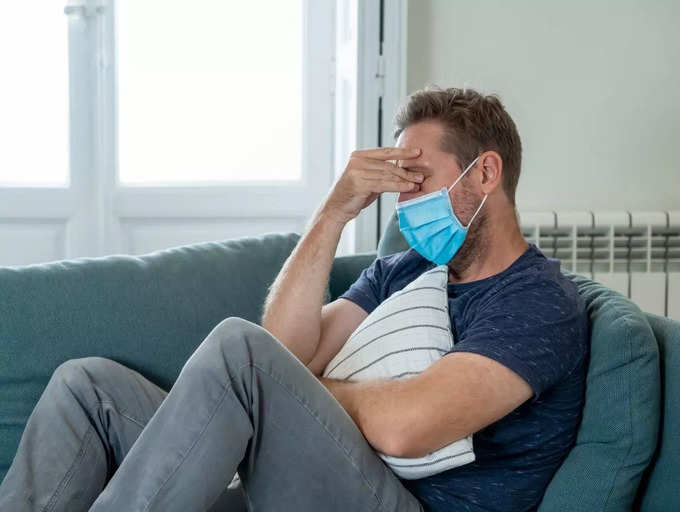Coronavirus: Two new Omicron symptoms that have come to light
01/6 COVID’s Omicron symptoms have been ‘mild’ so far

The rapid surge in the number of Omicron cases has become a major source of concern. Several countries have been impacted and health officials around the world have urged people to take all necessary precautions. As per the World Health Organization (WHO), the new COVID variant continues to pose ‘very high’ risk to the general population and could overwhelm healthcare systems.
In light of such chaos, scientists and medical professionals are closely observing the new variant and keeping an eye out for any new developments. While most symptoms associated with the new COVID variants remain to be the same, there have been some new ailments reported in those infected with the Omicron, even in the fully vaccinated.
02/6 COVID’s Omicron variant may cause cold-like symptoms

As of now, the Omicron variant has been associated with mild infections, which has resulted in a number of symptoms resembling common cold.
Having headaches, a sore throat, a runny nose, feeling fatigued and frequent sneezing may all feel like a regular cold or a flu. However, Professor Tim Spector, Head of UK’s ZOE Covid study app, urges everyone suffering with cold-like symptoms to get tested immediately.
Additionally, he highlighted that symptoms like fever, cough and loss of smell are now in the “minority of symptoms”.
“Most people don’t have classic symptoms,” he said.
That said, some of the most common symptoms reported in Omicron-infected people so far are mild fever, fatigue, scratchy throat, body pain and night sweats, without any sign of impaired sense of smell and taste.
03/6 Fully vaccinated people may also contract Omicron infection, develop symptoms

While coronavirus vaccines and booster shots are the only silver bullet against the virus and its variants, breakthrough infections are a possibility.
During the second wave of COVID-19, apart from the unvaccinated individuals, many fully vaccinated people were also infected and developed mild to moderate symptoms. This was evidence that even though the vaccinated population is safe from severe infections, they can still contract the virus.
According to Professor Spector, Omicron variant is as prevalent in unvaccinated as in vaccinated. However, the latter are more likely to report milder symptoms. “Quite a few of them had nausea, slight temperature, sore throats and headaches,” he said.
04/6 New symptoms have been reported

The ZOE Covid study app has recently listed down two of the most unusual Omicron symptoms that you probably haven’t heard of yet.
– Vomiting
– Loss of appetite
The head of the study app, Spector said that these two symptoms have been prevalent in double jabbed people and those who have received their booster shots.
05/6 Get tested immediately, do not forget to isolate

After analyzing thousands of COVID-19 cases, the app found that runny nose, headache, fatigue, sneezing and sore throats were common COVID-19 symptoms at the time when omicron began to emerge.
That said, if you fall ill and develop any of the abovementioned symptoms, get yourself tested as soon as possible. Remember to isolate yourself until the results come out as ‘negative’.
The Centers for Diseases Control and Prevention recommends isolating for at least 10 days after symptoms onset.
06/6 If you have had COVID in the past, you can still catch the infection

Those of you who have contracted the virus earlier must not let their guards down. Even if you have some amount of natural immunity from previous infection, Omicron reinfection is a possibility, as per WHO report.
“Preliminary evidence suggests there may be an increased risk of reinfection with Omicron as compared to other variants of concern, but information is limited,” the global health agency has said.
Having said that, it is important to follow a COVID-appropriate behavior, wear your masks and continue practicing social distancing.








